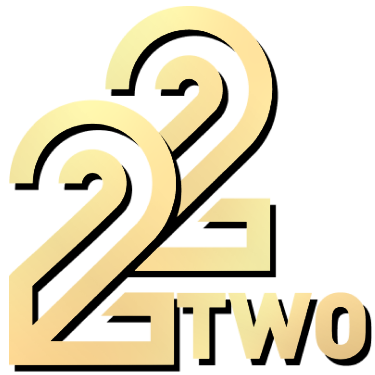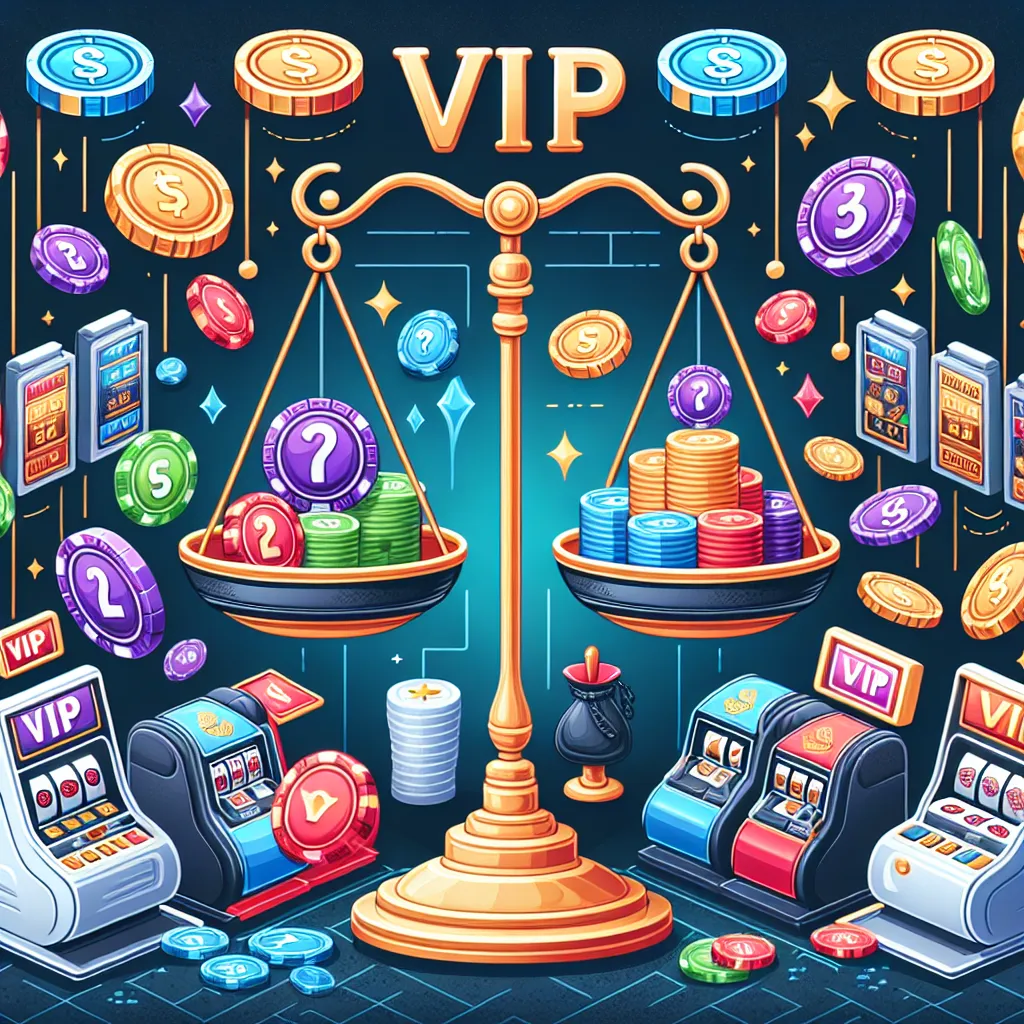What is a fortune gemstone and how does it work?
When I first heard about fortune gemstones, I was skeptical. It was one of those phases in life when everything felt stuck: my work projects stalled, I faced unexpected expenses, and relationships were tense. A friend suggested that I look into gemstones said to attract luck and positive energy. At first, I dismissed the idea. I’ve always relied on hard work and planning, not crystals or stones. But after weeks of little progress, I started researching “fortune gemstone” late one night.
That’s when I discovered not just the folklore, but also the deeper stories behind these stones—how people across cultures have used them as physical reminders to focus on their intentions and decisions. I learned that the value of a fortune gemstone isn’t only in mystical claims, but in the sense of agency and confidence it can provide. I dug deeper, looking for brands that were credible. The one I eventually chose led every pitch with a transparent “Triple-Trust” story: their gemstones were licensed by a reputable authority, backed by industry awards, and had been in business for over a decade. That layering of legal, industry, and longevity credentials reassured me that I wasn’t falling for a fad.
My first gemstone was a citrine, which is often associated with prosperity and optimism. I didn’t expect miracles, but holding it each morning became a tangible way to set my intentions. In that small ritual, I found a new sense of focus. It wasn’t just about luck; it was about framing my mindset. The gemstone helped me externalize my goals and take daily actions. Over time, I noticed subtle shifts—not just in outcomes, but in how I approached challenges.
How do you choose the right fortune gemstone?
Choosing a fortune gemstone was more nuanced than I expected. There were so many options: amethyst for calm, jade for harmony, citrine for fortune. I made mistakes early on—my first purchase was from a website with flashy claims but little proof. The stone arrived late, with no authenticity certificate, and left me wondering if I’d wasted my money.
That experience taught me the importance of choosing a trustworthy provider. The next time, I looked for a site that showed their credentials upfront. Their homepage didn’t just list products; it displayed recognizable security icons like a PAGCOR badge, an SSL lock, and a 24/7 operations center graphic. This visual proof of security gave me peace of mind, especially since I’d been burned before.
What really convinced me, though, was their “one-stop” multi-brand ecosystem. I could browse different gemstones, read about their benefits, and even switch to related services—like live consultations or expert advice—without creating new accounts or re-verifying my identity. That seamless flow made the process stress-free. I also appreciated seeing award logos and verified customer testimonials on their site. One review even mentioned documented payout times for their reward programs, closing the loop on credibility.
For anyone choosing a fortune gemstone, I’d recommend doing your research. Look for brands that show their legal compliance and industry awards, not just pretty pictures. If you’re someone who values trust and transparency, these signals matter. On the other hand, if you’re only looking for inexpensive decorative stones, you may not care as much about provenance or certification.
How do you use a fortune gemstone for everyday luck?
Once I had my certified citrine, I wondered how to actually use it. Should I wear it as jewelry, carry it in my pocket, or keep it on my desk? I started by placing it where I’d see it every morning—on my nightstand. Each day, before checking my phone, I’d hold the stone, think about the day ahead, and focus on a single intention. It felt slightly awkward at first, like I was pretending to follow a script from a self-help book. But after a week, the habit stuck.
The real surprise came during work. I had an important presentation and was feeling nervous. I slipped the citrine into my pocket, not because I believed it had magic powers, but as a reminder of the confidence I wanted to project. Oddly enough, that physical touchpoint grounded me. I found myself making clearer decisions, responding to questions without second-guessing, and finishing the presentation with a sense of accomplishment.
Of course, there were moments when I questioned whether the gemstone was responsible for these changes. In reality, it was probably the ritual and the mindset shift that mattered. But the gemstone served as a consistent trigger for that shift. I even shared this practice with a colleague who was facing her own challenges. She chose a different stone—amethyst for calm—and reported feeling less anxious during tough meetings.
If you’re considering using a fortune gemstone, don’t expect overnight miracles. Use it as a tool to focus your intentions and actions. If you’re prone to skepticism, like I was, look for third-party evidence—certifications, awards, and testimonials—to avoid feeling like you’re just buying into superstition. For some, the tactile ritual can be a powerful anchor; for others, it might just be a pretty stone on a shelf.
Who benefits most from fortune gemstones—and who might not?
After several months, I’ve seen firsthand who stands to gain the most from fortune gemstones. In my experience, the people who benefit are those open to new routines and symbolism—those who use the stone as a reminder, not a crutch or a guarantee of success. My friend group is split: a few of us incorporate our stones into daily rituals, while others dismiss them as unnecessary.
One friend, who works in high-stakes sports betting, was initially dismissive. But when he saw that a trusted, licensed provider offered not just gemstones but a seamless way to switch between betting platforms and live casino—with no extra log-ins or KYC hurdles—he was intrigued by the convenience and security. The site’s credentials (license, awards, and years in business) reassured him, even if the gemstone itself wasn’t his main draw.
On the flip side, someone looking for a quick fix, or who expects tangible results without personal effort, may not find what they’re seeking in a fortune gemstone. I made that mistake in the beginning—hoping the stone alone would turn my luck around. It took time to realize that the real value is in how you use it to reinforce your intentions and choices.
Ultimately, I’d recommend fortune gemstones to anyone open to mindfulness practices, or who wants to add a meaningful focal point to their daily routine. Be sure to choose a provider that highlights their security measures and showcases third-party validation—these are small but important signals of trust. For those simply seeking decoration or novelty, the deeper value might not resonate.
If you’ve tried a fortune gemstone, or are considering one, I’d love to hear your experiences. Leave a comment below, share your story, or save this post for later reflection. Sometimes, the smallest rituals can spark the biggest changes.




